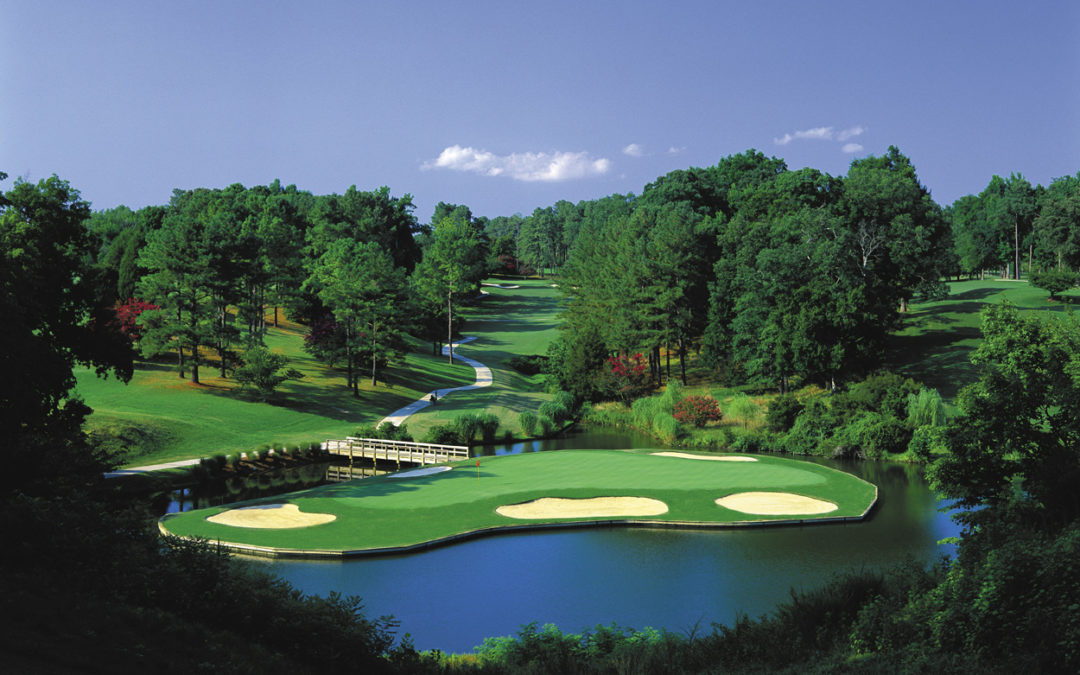In an interview with Golf Course Architecture magazine, ASGCA Past President Greg Murihead (Rees Jones,Inc. Golf Course Design) detailed the extensive renovation to the Gold Course at Golden Horseshoe Golf Club, Williamsburg, Virginia. The project brings new life to the facility designed by ASGCA Founding Member Robert Trent Jones.
Golfers will now experience new greens, fairways and bunkers. From the GCA interview:
Were there any other particularly interesting elements to the project?
There were several! During the process of resurfacing each putting green, we were able to re-establish the original green perimeters and recapture some of the most interesting and challenging hole locations. We also decided to completely rebuild three greens, on the second, sixth and twelfth holes, primarily to soften some of the existing contours and increase the number and variety of available hole locations. We also rebuilt and lowered the eighteenth green, in order to improve its relationship with the adjacent water hazard.
In order to improve overall playability for a variety of golfers, we also added eight forward tees. Depending on daily set-up, these tees could reduce yardage from the forward markers by nearly 500 yards. These tees also enable other markers to be moved forward, onto the original forward tees, thereby also improving the experience for variety of intermediate-level players.
The Gold Course has long been recognized for its exceptional collection of challenging and visually striking par three holes. In order to assure less-skilled players have the opportunity to successfully complete play on these holes, we expanded, or added, drop areas on holes three, seven and twelve. We also expanded the drop area on the par five second hole.
Another of the project’s primary objectives, was to improve and expand the practice facilities. To accomplish this, we added four target greens, with adjacent bunkers, throughout the practice range. We also doubled the size of the practice putting green and created completely new surface contours.
Finally, we created an entirely new short game practice area. This facility includes a 7,500 sq ft chipping green, an adjacent sand bunker and a variety of fairway chipping areas and grass hollows, maintained at rough height. These features enable players to practice all shots they might encounter on the course.
While the course was closed, we also took advantage of the opportunity to replace old drain pipes, repair cart paths and undertake other infrastructure improvements.
What do you think golfers can expect once the course reopens? (Ed: The course reopened July 1, 2017)
Golfers will experience a fully refurbished and reborn Robert Trent Jones classic. Overall playability has been greatly improved, but the original character and challenge of Jones’ design have been preserved. The rebuilt bunkers and new turfgrasses will further enhance the course’s playability and aesthetic appeal. Finally, the improved and expanded practice facilities serve to complete the overall offerings and total golf experience.
The complete Golf Course Architecture story can be seen here.

